Most hatchbacks and station wagons have rear windshield wipers. It is needed because the body shape lets road dirt on the back glass. Reverse-parking drivers usually recall it. When starting, the rear wiper usually encounters a lot of dust with abrasive particles that harm the rubber blade. The front window wipers are changed more often than the rear ones. Say, every 1-2 years.
Non-original and original
In the automotive business, “original” means automaker-branded spare parts—Valeo and Bosch manufacture “non-original” windshield wiper blades. However, the BMW box likely contains Valeo or Bosch brushes, which are “original” but much more expensive. Car manufacturers buy windshield wiper systems from well-known auto component manufacturers and sell them under their brand at a premium price. Most automobiles may use SWF, Valeo, Bosch, or Trico rear wipers, but some require the “original” blades. Autos like the Honda Pilot and Opel Antara
Designing and attaching rear window wipers
By design, rear windshield wipers are framed “plastic” and frameless. Unlike the front brushes, the rear brushes’ mountings are usually particular and prevent the installation of a frameless brush.
Frame brushes
Most rear frame brushes are short, hook-fastened frame brushes. Most cars made before 2000 and some modern ones have this design. The hook can be narrower or fastened to a 7mm pin, like on the “classic.” Some frame brushes without plastic adapters snap directly into the leash, like on a Range Rover. Car owners are considering a frameless rear frame brush should. It’s only sometimes practical to replace a hook with a frameless one. The leash is usually put close to the glass on the rear window, which can conflict with installing a frameless blade higher than the frame blade at the tips (owing to the plugs).
Nissan Juke, Ford Focus I, Chevrolet Lacetti and Trailblazer, Range Rover, Mercedes-Benz G-Class, X-Trail T30, Smart, and Honda CR-V have frame rear wipers.
“Plastic” rear wipers
Most current automobiles have plastic rear brushes—a smooth plastic frame on this wiper. The brush on a plastic leash looks like it’s continuing. Special fastening distinguishes these brushes. There are numerous fastenings for such brushes; however, due to the lack of common standards, they may not fit. We propose utilizing MirDvornikov.ru to find rear wiper blades.
You usually bend the leash, turn the back brush about 30 degrees, and break it off with a little force. Some Lexus crossovers need unscrewing the arm nut to remove the rear wiper—end-of-page video instructions.
Toyota Rav4 till 2012, Ford Focus II, Mazda 3, Nissan Qashqai, Kia Sportage, Honda CR-V, Opel Astra, Corsa, Skoda Octavia, Nissan X-Trail, Note, and others have plastic rear wipers.
Frameless rear wipers
These low-profile brushes have no spoiler. Rear frameless mounts are also specific. Recently, some automakers have installed frameless brushes on new automobiles instead of plastic ones.
BMW X5 E70, Volvo XC70, XC90, and Skoda Fabia have frameless rear wipers.
Manufacturers of rear brushes
Most major windshield wiper manufacturers make rear wipers. All manufacturers make frame windshield wipers but add blade adapters from their windshield line. Frameless and plastic brushes
Bosch makes around 70 specific rear brushes. Bosch also makes frame rear brushes separately. Frame and plastic ones are designated Bosch Rear xxxH, where xxx is the brush code.
American business Trico covers the second-largest market. For almost 100 years, they have made windshield wipers and an extensive rear blade line. All rear brushes are ExactFit. Hooked frame brushes are designated Trico ExactFit EFxx0, where xx is the centimeter length. Trico ExactFit EXxxy rear wipers are plastic, frameless, or framed with a unique mount. Xx is the blade length in cm. There are roughly 30 EX series back brush articles.
Valeo and SWF (Valeo’s brand) make fewer brushes than Bosch and Trico, but they meet market needs with frame, plastic, and frameless brushes.
The Japanese business Denso makes a variety of frame brushes (DM-xxx, where xxx is the length in mm) and plastic Denso Rears.

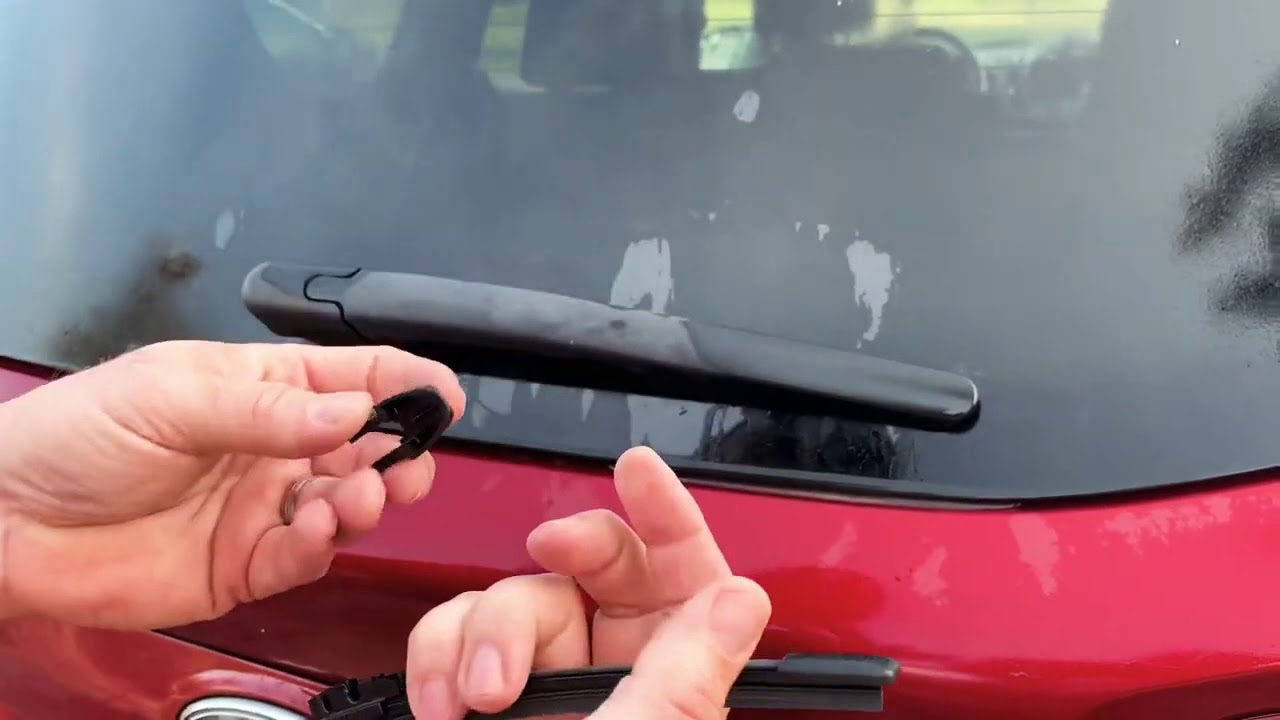






 What are wiper blades, and how should one select one?
What are wiper blades, and how should one select one? 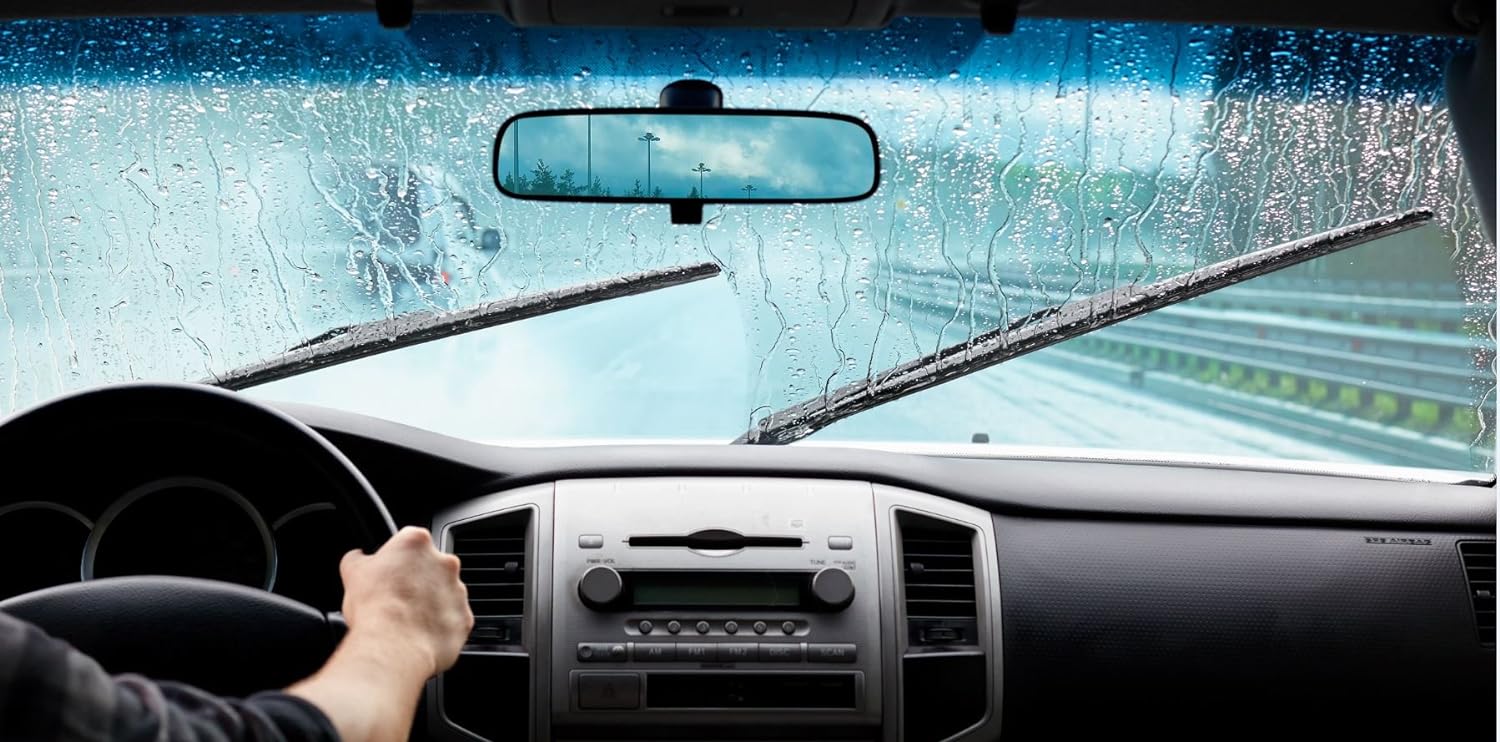 Wiper blades with or without frames: which is better for winter?
Wiper blades with or without frames: which is better for winter? 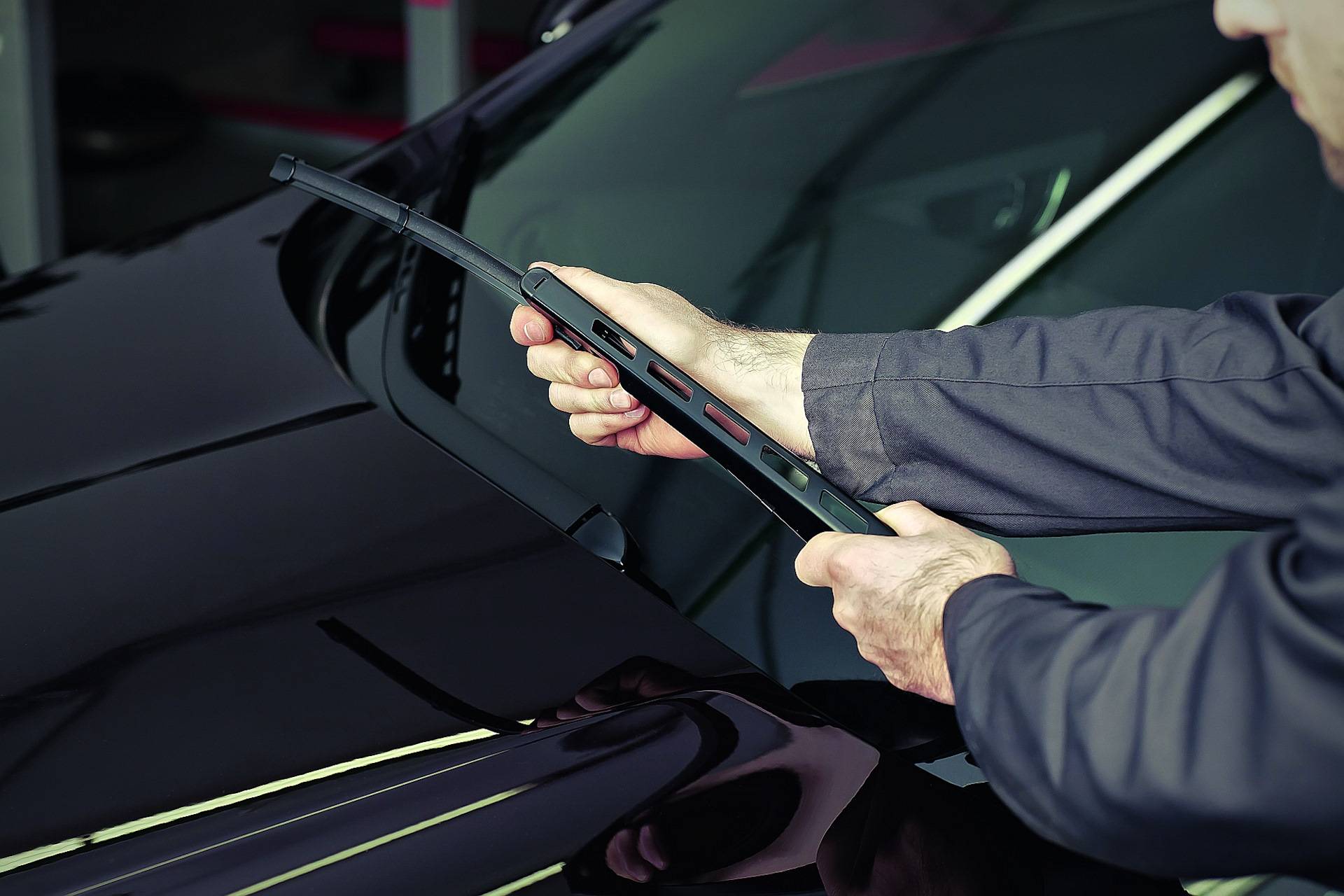 Whenever the wipers are ineffective, how about we see if these can fixed?
Whenever the wipers are ineffective, how about we see if these can fixed? 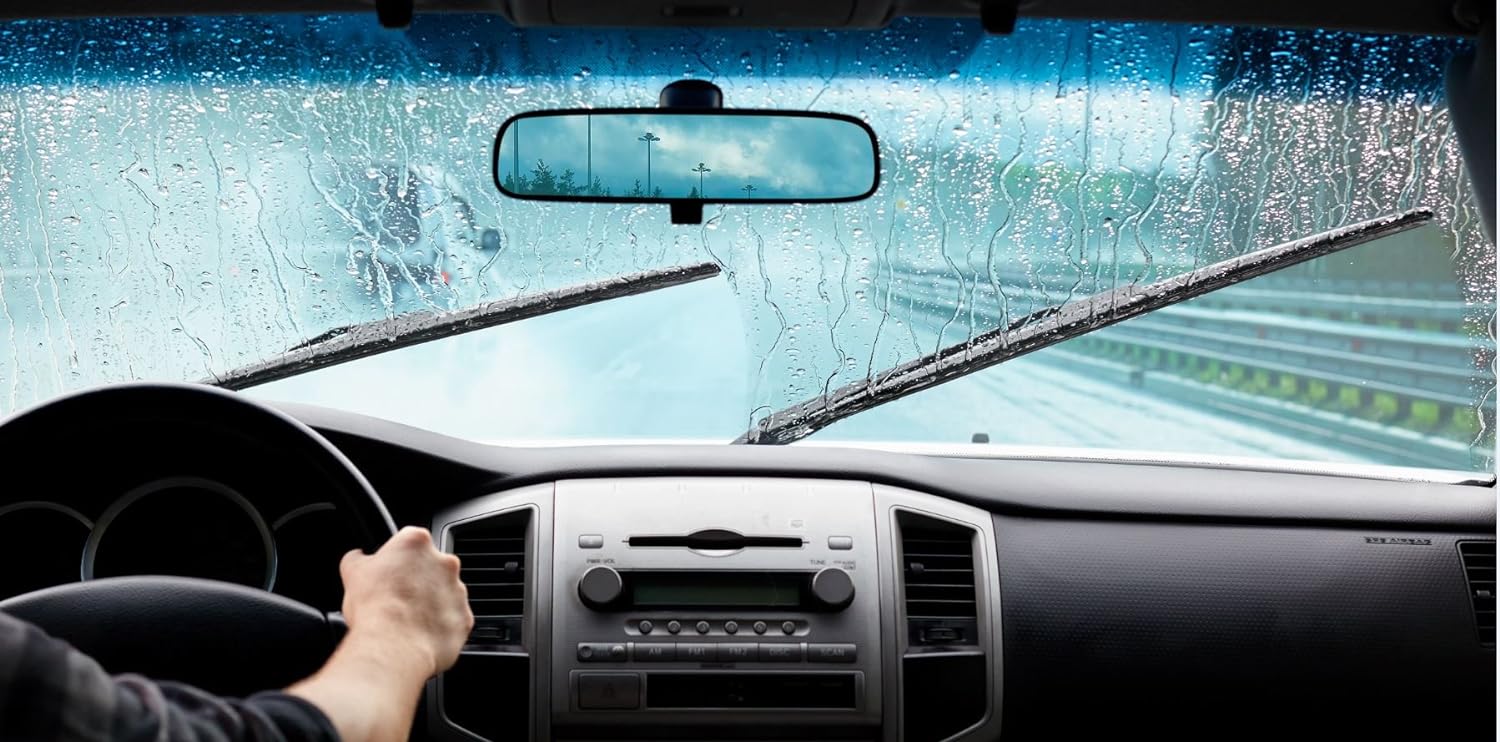 Methods for removing snow from windshield wipers while driving
Methods for removing snow from windshield wipers while driving  Important considerations when selecting windshield wiper blades
Important considerations when selecting windshield wiper blades 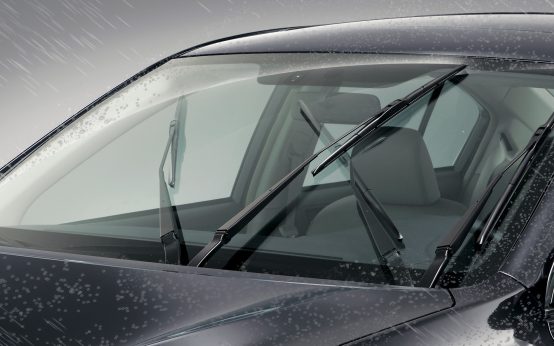 Are optional wipers necessary?
Are optional wipers necessary?